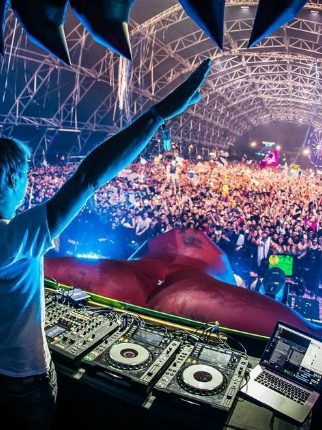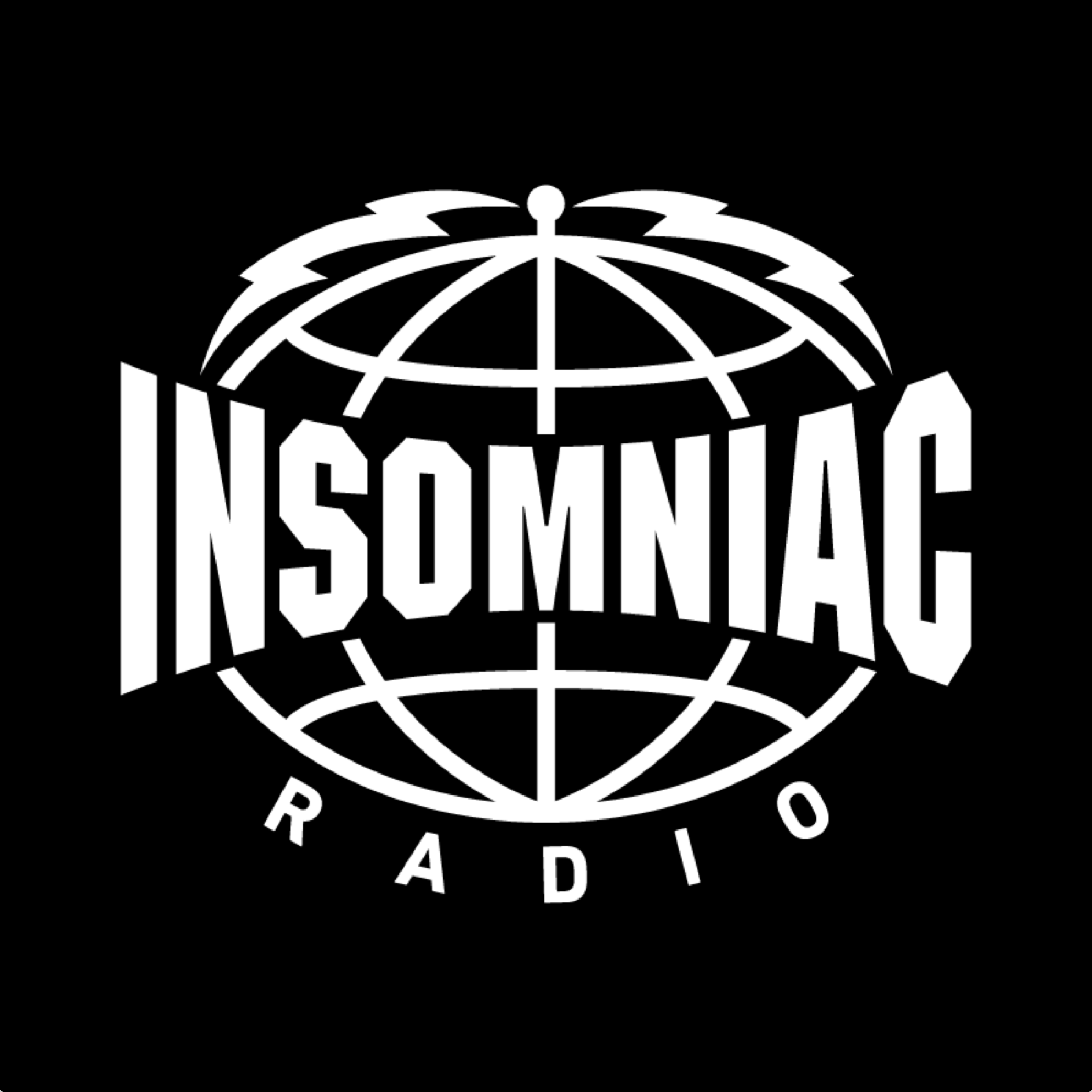Erol Alkan Adds Texture to Fabric’s Sonic Landscape
Master mutant dancefloor architect Erol Alkan needs little introduction. The diversely talented mind behind the legendary Trash—first a London night, then its own venue between 1997 and 2007—he gracefully segued out of his decade of signature, eclectic parties and into his own record label, Phantasy Sound. Working with weirdos as unrelated as New Zealand’s oddball psych-rockers Connan Mockasin and mysterious, slow-rolling London house project Ghost Culture—not to mention his own duo, Beyond the Wizard’s Sleeve—it’s an easy guess that Alkan’s still up to what he does best: pulling seemingly opposing textures, talents, sounds and genres together under one roof in a way that’s never short of mind-blowing. He also has an impressive list of remixes to his name, for everyone from Metronomy to Tame Impala.

Alkan’s first true experience with a dance venue was at the legendary Fabric, 12 years ago. It also happened to be the same night he was handed a residency for Bugged Out. So who better to put out the latest, 77th edition in the Fabric series? We caught up with Alkan in his own Phantasy Studio and discussed the new mix, his relationship to Fabric, and the philosophy that drives his uncanny ability to make opposites not only attract, but absolutely tear up a dancefloor.
“Even though it’s pretty much the biggest club in the UK, you don’t have to go there and try to be as big as possible. You can just be what and whomever you want.”
You’re well-known for your remixes but a little less so for solo work. What’s been cooking since your solo EP, Illumination, which came out at the end of last year?
Just a few remixes—for The Emperor Machine, Margot—and as Beyond the Wizard’s Sleeve we reworked the entire Temples album, and a remix for Daniel Avery.
Why is it called Beyond the Wizard’s Sleeve?
It’s a project I have with an old friend, Richard Norris. It’s a long story, as to the name of it. I suppose you’re familiar with the slang term? Well, what it was meant to do was to return to the calmest place, which is back to the womb. It was a bit of a play on that. It was something that we did for a bit of fun, and I like “Beyond the…” to begin a title. It sounds rather British in a way, kind of ’60s. We honestly never thought the project would go as far as it did—not to undermine it—so in retrospect, it was kind of a silly name. But we kept it.
You went from hosting Trash from 1997–2007 to running your own label, Phantasy Sound, out of your own studio three years ago. If there is a similarity between both, it’s that they are marked by a common ability to bring different ideas and sounds under one roof. What was the common thread between them on your end?
It’s a similar creative process to me. Phantasy Sound home studio was built as an extension from what used to be a room in my old flat. It’s allowed operations to expand, both physically and beyond the studio walls. It’s a fully proper working studio. Trash itself ran for a decade with a common aesthetic, to be honest. I like to have a group of very different people working together as a unit of people. I felt that with the club, it wasn’t just all about me. I was a part of it, and I feel the same way with Phantasy.
What attracts you to the polarity of opposites in sounds?
I’ve always found that dissonance within sound—melody or rhythms—to be engaging. How that translates on the dancefloor needs to be carefully measured. I personally find those moments to feel otherworldly, but it would be too much to stay in that place for too long. I [naturally] hear music [in terms of] color and shade, so those elements lead the way.
The Fabric mix is no exception to your trademark diversity of sound. How does it trace your own history with the club?
My first gig there was 12 years ago. It was the first time I was able to exercise my dance music leanings in a proper nightclub. Then I ended up getting my residency for Bugged Out on the same night, so I have a special relationship with it personally. In the end, Trash became a nightclub of its own, but Fabric was really my first go.
How does this mix reflect that relationship?
I crafted it much in the way I would a set for the club. I wanted to hit an area of dance music that I think is interesting right now. It isn’t about hands in the air or anything like that, but it’s as much for the mind as it is for your feet. That was important. I didn’t want to just make an advert for myself that could be played anywhere; it’s very specific to that venue. Fabric is the kind of place where you have the ability to be different if you wish to. Even though it’s pretty much the biggest club in the UK, you don’t have to go there and try to be as big as possible. You can just be what and whomever you want. I can’t wait to celebrate that.
Follow Erol Alkan on Facebook | Twitter


